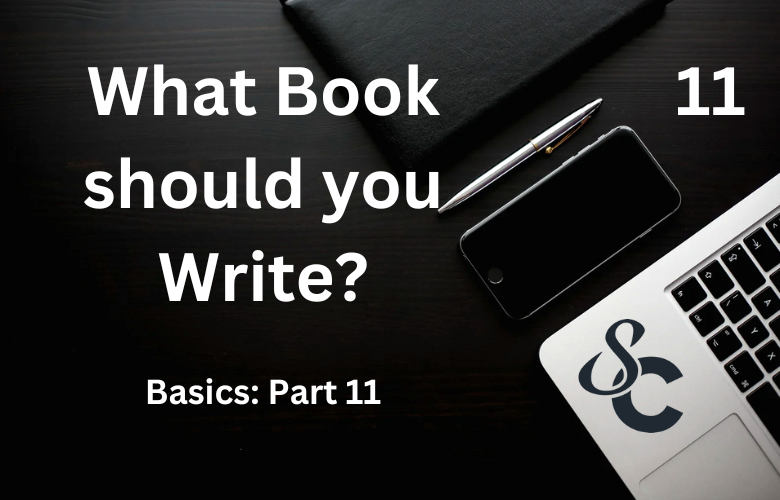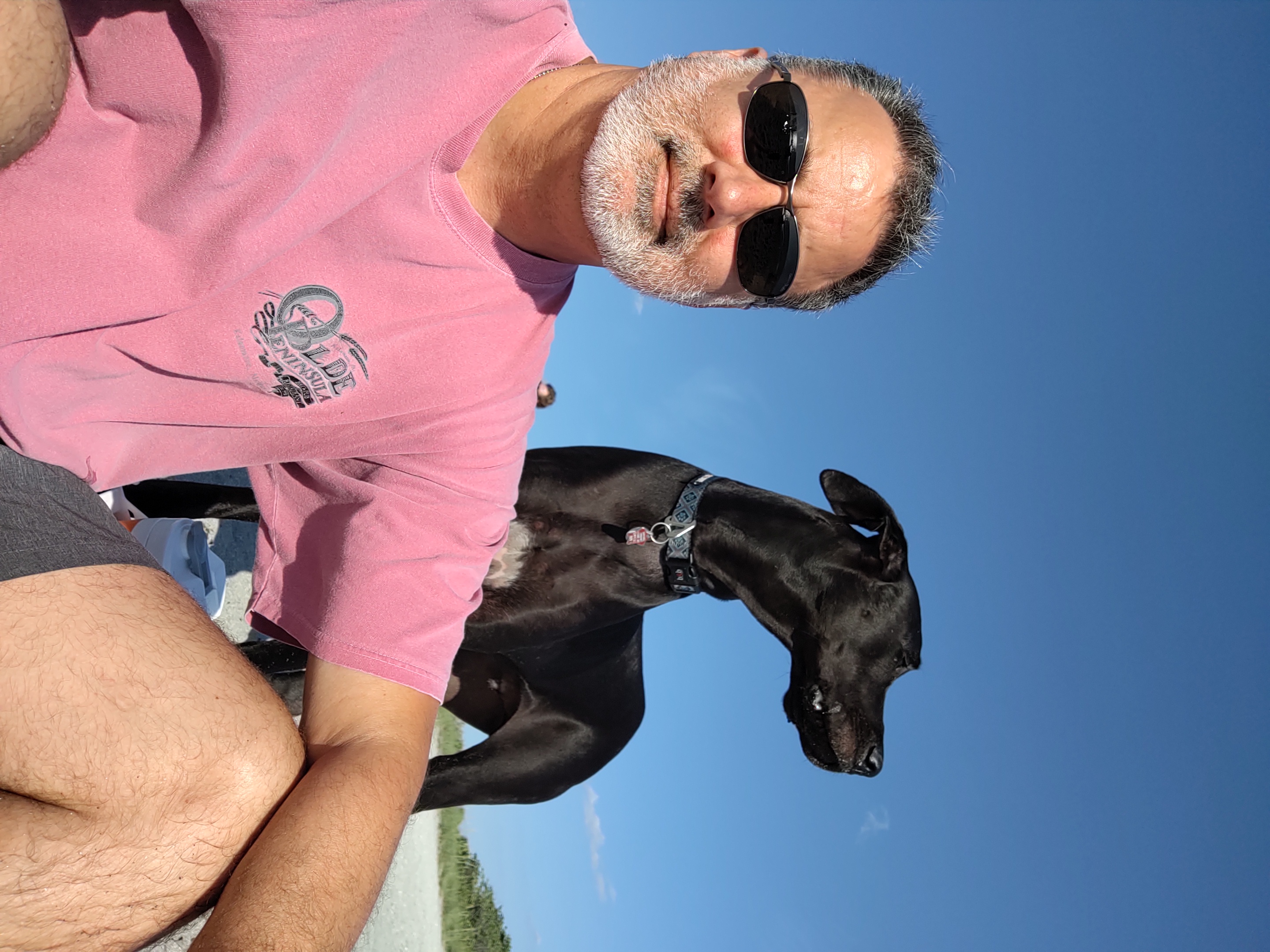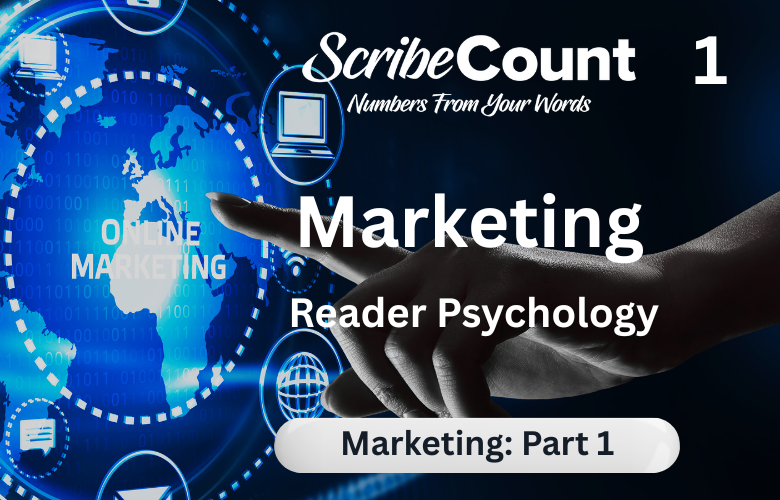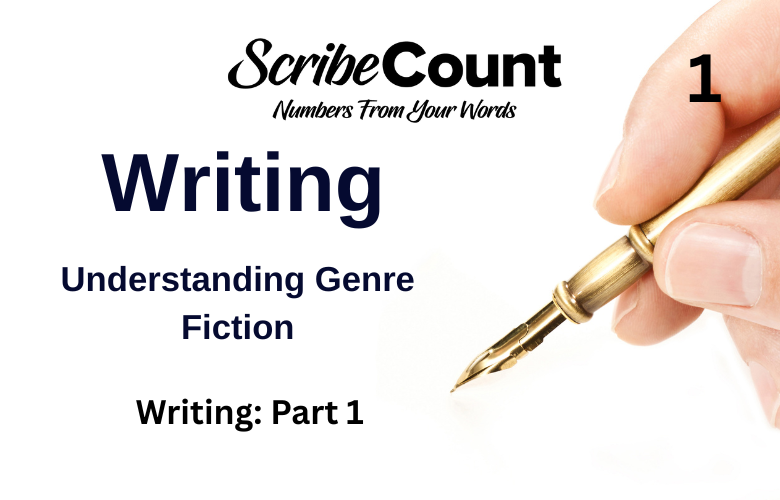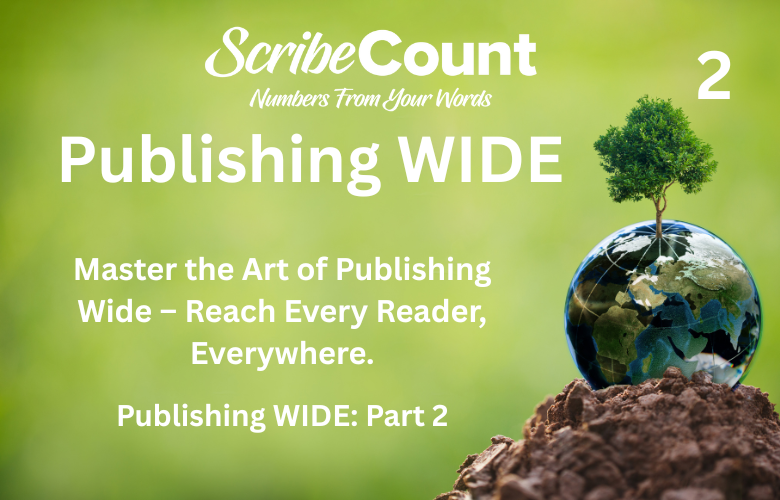What book should you write?
There’s a popular saying in the self-publishing world.
“You can write a book and then try to market it, or you can write a book to market.”
What is Writing to Market?
Writing to market refers to choosing a genre that you know well, one that has a large following of readers, and then writing a book that gives those readers exactly what they want.
A business that doesn’t satisfy its customers is in for a short lifespan. A book that is written to market has an exponentially better chance of success than one that is not. Writing isn’t easy, it takes dedication, time, and money to both produce and publish a book. If you are prepared to do so, why not give that book the best odds of success before you write the first word?
Writing to market is about satisfying your readers, they are paying you to entertain them, giving up their money and their time in return for your creation. It's the author's job to deliver what they want.
Knowing what your readers want and what you should write is a question you can answer yourself. That answer starts with two key questions.
What type of books do you love to read?
My answer to this question is simple: I like thrillers, science fiction, adventure, and non-fiction. Those are the books I grew up reading and they are the books I still read today. It's no coincidence that they are the type of books I now write. If you told me that I should write Horror, or Romance, or Horror-Romance, because it was the “hot” market right now I would recoil sharply and say NO. This is for two reasons.
One, the books would likely be bad. If I don’t have a long history of reading that type of book how will I even know what makes a good one?
Two, I want to enjoy what I do. If I don’t enjoy reading that type of book then why would I enjoy writing one? That lack of joy would show in whatever I produced.
Writing to market does not mean chasing trends or trying to piggyback on the success of what’s currently on the bestseller list. Nor is it "selling out". It’s writing a book that readers will want to read.
If every author wrote their books based on what genre was the most successful we’d all be writing romance. You don’t have to do that; you can write to market while staying in the genres you love.
But first, you’ll need to fully understand your genre.
What type of books do your target readers love to read?
Grime's Little Red Riding Hood is a thriller.
Yup, I said it. You probably thought it was a fairy tale, a French one even, but that’s only partially true. From a writing standpoint, the story is a thriller. You may disagree now, but by the time you are done reading this post, you’ll understand why this is. (I’ll be using the thriller genre in my example here as it’s what I know and what I write (see what I did there?))
To understand your genre you will need to know what its anatomy looks like and what tropes and plot points it contains. Covering as many as possible and delivering them is what makes for a successful story. The more closely you adhere to tropes the more successful your book will be.
Thriller Tropes and Plot Points
TROPE: A recurring element or device that is often used in a work of art or literature.
PLOT POINT: A significant event in a story that significantly alters the course of the narrative, acting as a turning point that propels the plot forward and often impacts character development, essentially marking a moment where the story takes a new direction due to a major development.
The Three "C's"
Every thriller has the three C’s:
The contract
The clock
The crucible.
The Contract:
Thrillers start out by making a deal with the reader, a promise to deliver an answer to a question. It can be as easy as: Will this little girl make it safely to Grandma’s house? or, Why is this guy out there killing people? Your cop/hero will need to answer that question by the end of the book. It's crucial that the author deliver on this promise.
The Clock:
Time pressure is a great way to ratchet up the tension and keep the reader glued to the page. Will the hero find the bomb and defuse it in time? Adding a ticking clock creates higher stakes, adds conflict, and forces the hero to do things they would normally not do. Will the hunter arrive in time to save Little Red and her grandmother?
The Crucible:
This is the situation that defines the story. It places constraints on the characters, ones that they have no choice but to face, and forces both inner and external conflict on everyone involved. The conflicts must escalate, becoming increasingly harder until they reach a breaking point where the hero has no obvious form of escape. The hero then has to survive the outcome of that breaking point to save the day.
It also has recognized tropes:
The Hero (Protagonist)
Every thriller has a main character that the reader is rooting for. Most heroes are flawed in some way to give them believability and to harbor a degree of sympathy in the reader. Although most heroes are larger than life and highly skilled, they remain the underdog, always fighting an uphill battle against the odds and only saving the day after a prolonged battle where all appeared lost. The hero triumphs, but just barely.
The Sidekick
For every Holmes, there is a Watson and sidekicks such as he hold many functions within a story. They primarily act as information conduits, asking the hero questions that when answered educate the reader. They may act as a mentor or friend who keeps the hero on task and out of danger. They may be a romantic interest that supplies emotional support, or they may place themselves in danger that requires the hero to act in order to save them. Many fill roles or perform tasks that the hero cannot do themselves. Whatever their reason for being there a good sidekick can make a good story a great one. Imagine Kirk without Spock, Batman without Robin, or Frodo without Sam. The story would be lacking a major character.
The Villain
Good Villains are crucial to a thriller. The best ones are not purely evil but have motivations that they feel are justified. Thanos was a popular villain as he represented the utilitarian viewpoint that ran counter to the Keynesian view of Captain America and the Avengers. His motivations were not purely based on power or malice; he genuinely believed in his mission, which added complexity to his character.
A good villain can have several motivations, but they should be complex, believable, and relatable to the reader. Many will come from a personal tragedy, a desire for power, revenge for a perceived injustice, or a warped sense of righteousness. Whatever their motivation, they must justify it to themselves first and that justification will run counter to the beliefs of the hero.
Suspense
Suspense is about information; how much you reveal to the reader and when, as well as how much you withhold and for how long. By strategically timing the release of information the author builds tension and anticipation while also weaving in optimism and apprehension. The author may choose to give the reader more or less information than the hero, but the suspense should always heighten until the dramatic conclusion.
The Takeaway
There are many more tropes and plot points to be found in thrillers; the inciting incident, the McGuffin, the pinch point, the crisis, false highs and lows, the discovery, the climax, the resolution, cliffhangers, red herrings, twists, the list is long, but the purpose of this post is not to teach the art of writing a thriller, but rather to emphasize that authors need to know what readers expect from one. Whether you are writing romance or science fiction, there are elements of the story that readers will expect to see. A successful book will deliver them all and hopefully do so in a way that is fresh and new to them. A way that makes them immediately look for the next book by that author.
Don’t just write a book.
Most books don’t sell because they are not well-written.
Always consider your readers' expectations.
Don’t just write a book, write a book that readers love enough to pay you for.
Writing to market is the intersection where creativity meets commercial success.
Researching your target market.
Finding your readers is fairly easy, they give you all the clues you need. There’s also an audience for every book out there. There are hundreds of genres, sub-genres, and even sub-sub-genres. You could write shape-shifting vampire romance space operas and I guarantee there is a group of readers out there that would pounce on it.
But what are their numbers? The goal here is to find out who is interested in what you wish to write and whether there are enough of them to make it worth your while.
Analyze your ideal reader
- How old are they?
- What does their generation like to watch on TV/Netflix?
- Where are they located? What’s the popular music of their generation?
- What are they saying about your peer's books at Goodreads or in the reviews on Amazon?
- What do they like and dislike about the books they read?
- What do they want more of?
- What characters do they identify with?
- What do they want to read but aren’t getting enough of?
- What real-world situations speak to them?
- Are there any recurring tropes they can’t seem to find enough of?
- What is their budget?
- Who is interested in the topic of your book?
Stalk them...politely.
Join a few reader groups and lurk in the comments. Ask some questions. Read their reviews, both good and bad. Find out what they like to read. Join these groups as a fellow reader at first and then reveal that you are a writer asking for feedback. Most readers love to help authors produce great stories.
Pitch your book
Imagine that you find yourself in a room full of your potential superfans. How would you pitch your book to them in less than thirty seconds? Write this pitch out and tweak it until it is perfect. If you can’t do so in that amount of time, you may need to do more research.
Once you have figured out who your ideal superfan reader is, it’ll be much easier to both write and market to them.
Find the area where your creativity can coexist with your market insights. That's the book you should write.
